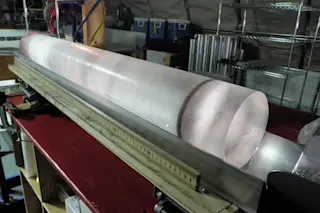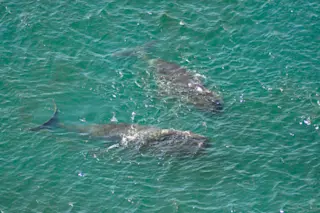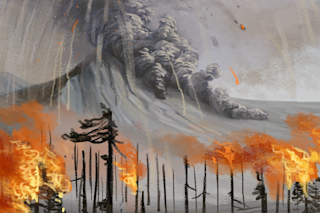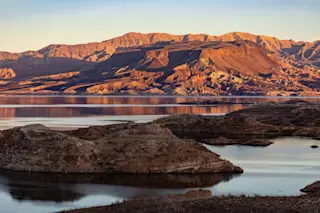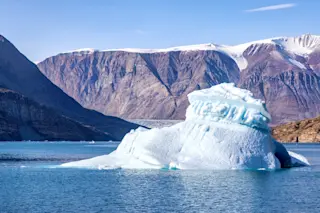The Earth’s ice caps, in Greenland and Antarctica, are an invaluable record of climate over the past hundreds of thousands of years. As each annual layer of snow falls, gets buried and eventually becomes glacial ice, it traps particles and gases from the time it fell. We use that record to examine how the atmosphere has changed.
These cores turn out to be one of the most important pieces of evidence we have that global carbon dioxide levels in the atmosphere have been rising significantly. However, ice cores can also capture brief moments in time where massive events leave their mark on the planet.
When a very large volcanic eruption occurs, it throws ash and volcanic gasesfar into the atmosphere, sometimes topping 20 kilometers (65,000 feet). This means that the material can be transported widely by stratospheric winds and, depending a bit on the location of the volcano, eventually get ...


